MarineOmega: Your Ultimate Source of Omega-3 for Heart, Brain, and Vision Health
Unlock the power of essential omega-3 fatty acids with MarineOmega, a premium food supplement designed to support your heart, brain, and vision. Delivering over 700 mg of EPA and 500 mg of DHA in just two softgels daily, MarineOmega combines high-quality fish oil and Antarctic krill oil to provide vital nutrients your body can’t produce. With innovative delayed-release softgel technology, MarineOmega ensures easy swallowing and eliminates the unpleasant odours or aftertaste often associated with fish oil, making it a seamless addition to your daily wellness routine in the UK.
Why Choose MarineOmega?
MarineOmega is more than just a supplement; it’s a cornerstone of optimal health. Each daily dose is crafted to deliver scientifically backed benefits, making it an ideal choice for health-conscious individuals. Here’s why MarineOmega stands out:
- High Potency Omega-3s: Provides over 700 mg EPA and 500 mg DHA per day to support heart, brain, and vision health.
- Dual-Source Formula: Combines fish oil (from anchovies, sardines, and mackerel) and Antarctic krill oil for a rich, sustainable source of omega-3s.
- Delayed-Release Softgels: Clear, smooth capsules reduce fishy aftertaste and protect sensitive ingredients for better absorption.
- Sustainably Sourced: Certified by Friends of the Sea (FOS) for fish oil and Marine Stewardship Council (MSC) for krill oil, ensuring environmental responsibility.
- Gluten-Free: Safe for those with gluten sensitivities (gluten levels below 20ppm).
How to Enjoy MarineOmega
Take 2 softgels daily with a meal, either together or separately. Store in a cool, dry place to maintain product quality. Net weight: 90 g.
Key Ingredients
- Fish Oil: Sourced from anchovies, sardines, and/or mackerel, delivering a high concentration of EPA and DHA. Certified by Friends of the Sea (FOS) for sustainability.
- Krill Oil: Derived from Antarctic krill (Euphausia superba), providing additional omega-3s and astaxanthin, a natural antioxidant. Certified by Marine Stewardship Council (MSC).
- Full Ingredient List: Fish oil, softgel (Gelatine, Firming agents: Glycerol, Pectin, Dextrose), Lipid extract from the crustacean Antarctic krill (Euphausia superba), Antioxidant: Tocopherol-rich extract.
- Nutritional Breakdown: Each daily dose provides 2156 mg fish oil and 100 mg krill oil, rich in omega-3 fatty acids (EPA and DHA). Allergen information: Contains fish and crustacean.
Frequently Asked Questions
What are EPA and DHA, and why are they important?
EPA (Eicosapentaenoic acid) and DHA (Docosahexaenoic acid) are long-chain omega-3 fatty acids. A daily intake of 250 mg EPA and DHA supports normal heart function, while 250 mg DHA contributes to normal brain function and vision. MarineOmega delivers over 700 mg EPA and 500 mg DHA per day, exceeding these thresholds for optimal benefits.
What is the source of omega-3s in MarineOmega?
MarineOmega’s omega-3s come from fish oil (anchovies, sardines, mackerel) and Antarctic krill oil (Euphausia superba). Both sources are sustainably certified by Friends of the Sea (FOS) and Marine Stewardship Council (MSC), respectively.
How does MarineOmega avoid the fishy aftertaste?
MarineOmega uses delayed-release softgel technology to minimise unpleasant odours and aftertaste. The softgels are also fortified with tocopherol-rich extract, an antioxidant that prevents oxidation and maintains freshness.
Is MarineOmega gluten-free?
Yes, MarineOmega is gluten-free, with gluten levels below 20ppm, meeting legal standards for gluten-free claims.
Can I pair MarineOmega with other supplements?
Yes, we recommend combining MarineOmega with LifePak+, a Pharmanex supplement containing 13 vitamins, 9 minerals, and botanical extracts to support overall health. The ADR Subscription package with MarineOmega and LifePak+ is an excellent choice for comprehensive wellness.
MarineOmega vs. Other Omega-3 Supplements: Unmatched Quality
MarineOmega stands out in the UK market for its premium formulation, sustainability, and innovative delivery. Here’s how it compares to three leading omega-3 supplement brands: Seven Seas, Holland & Barrett, and Vitabiotics Ultra.
| Feature | MarineOmega | Seven Seas Cod Liver Oil Plus Omega-3 | Holland & Barrett Omega-3 Fish Oil | Vitabiotics Ultra Omega-3 |
|---|---|---|---|---|
| EPA per Daily Dose | 700+ mg | 120 mg | 180 mg | 400 mg |
| DHA per Daily Dose | 500+ mg | 110 mg | 120 mg | 300 mg |
| Source | Fish Oil + Krill Oil (FOS & MSC Certified) | Cod Liver Oil + Fish Oil | Fish Oil | Fish Oil |
| Exotic Ingredients | Krill Oil (Astaxanthin) | None | None | None |
| Delayed-Release Technology | Yes | No | No | No |
Why MarineOmega Excels:
- Higher EPA/DHA Content: MarineOmega delivers significantly more EPA (700+ mg) and DHA (500+ mg) per dose compared to Seven Seas (120 mg EPA, 110 mg DHA), Holland & Barrett (180 mg EPA, 120 mg DHA), and Vitabiotics (400 mg EPA, 300 mg DHA).
- Dual-Source Formula: The inclusion of krill oil, rich in astaxanthin, sets MarineOmega apart from competitors relying solely on fish oil or cod liver oil.
- Innovative Softgels: Delayed-release technology ensures no fishy aftertaste, unlike Seven Seas, Holland & Barrett, and Vitabiotics, which use standard capsules.
- Sustainability: MarineOmega’s FOS and MSC certifications guarantee eco-friendly sourcing, a feature not consistently matched by competitors.
- Premium Positioning: While priced higher, MarineOmega’s superior potency, quality, and technology justify the investment for those prioritising health.
Shipping & Payment Information
We make it easy to enjoy MarineOmega anywhere in the UK with fast, reliable shipping and flexible payment options.
- Payment Methods: Credit Card, Apple Pay, Google Pay, PayPal, PayPal Pay Later.
- Shipping: We ship everywhere in the UK with delivery in 2-5 business days.
- Standard Shipping Cost: £5.99.
- Free Shipping: Available on all orders over £159.
UK Shipping Coverage
MarineOmega is available across all UK counties and regions. Below is a table highlighting key counties/regions and example towns we serve:
| County/Region | Example Towns |
|---|---|
| Greater London | Camden, Westminster, Croydon |
| West Midlands | Birmingham, Coventry, Wolverhampton |
| Greater Manchester | Manchester, Salford, Bolton |
| West Yorkshire | Leeds, Bradford, Huddersfield |
| Hampshire | Southampton, Portsmouth, Winchester |
| Essex | Chelmsford, Colchester, Southend-on-Sea |
| Kent | Canterbury, Maidstone, Dover |
| Surrey | Guildford, Woking, Epsom |
| Devon | Plymouth, Exeter, Torquay |
| Scotland (Lothian) | Edinburgh, Livingston, Bathgate |
| Wales (Cardiff) | Cardiff, Penarth, Barry |
| Northern Ireland (Antrim) | Belfast, Lisburn, Newtownabbey |
No matter where you are in the UK, MarineOmega is just a few days away!
Get Your MarineOmega Today!
Ready to support your heart, brain, and vision with the power of omega-3s? Order MarineOmega now and experience the benefits of this premium, sustainably sourced supplement. With fast UK shipping, flexible payment options, and free shipping on orders over £159, there’s no reason to wait.

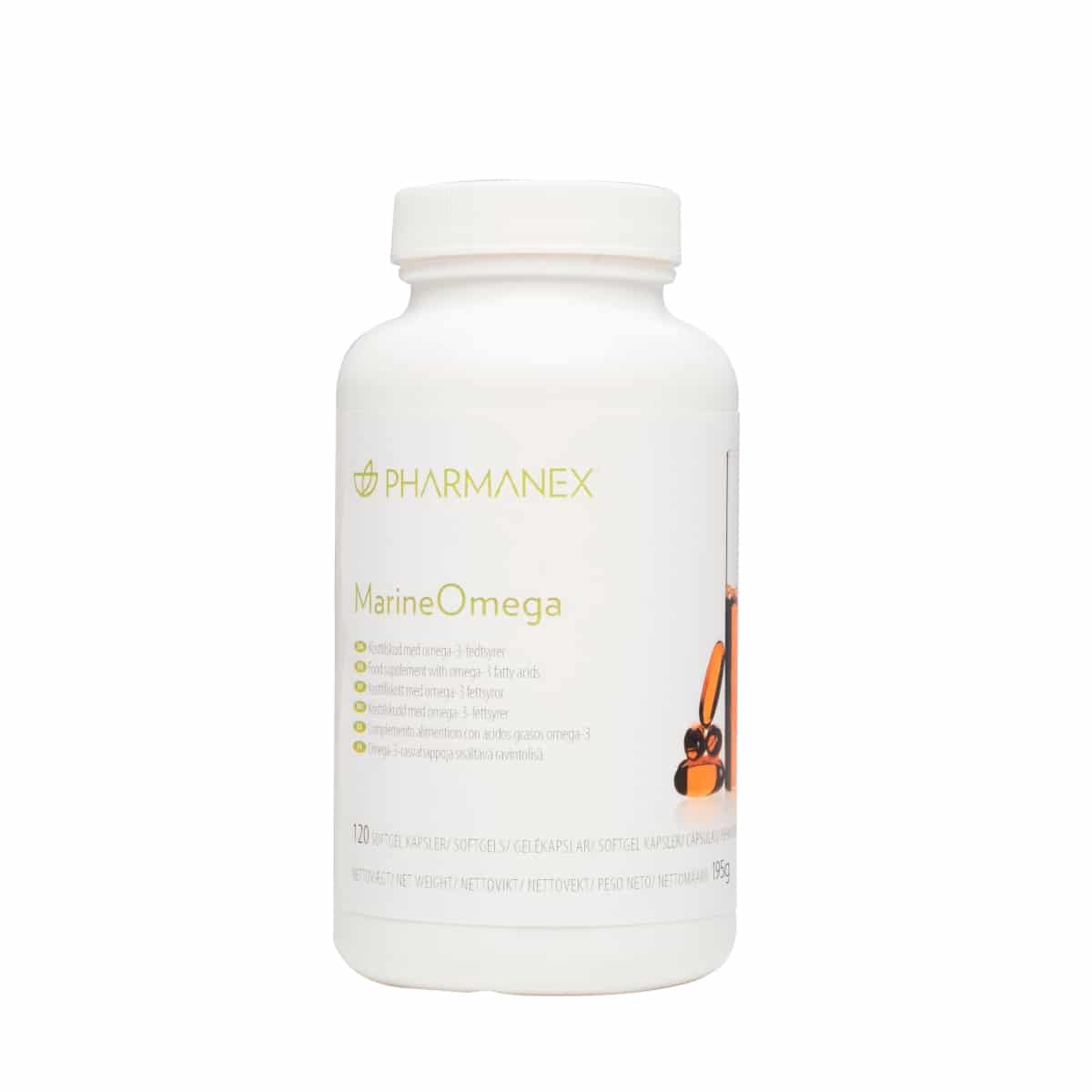

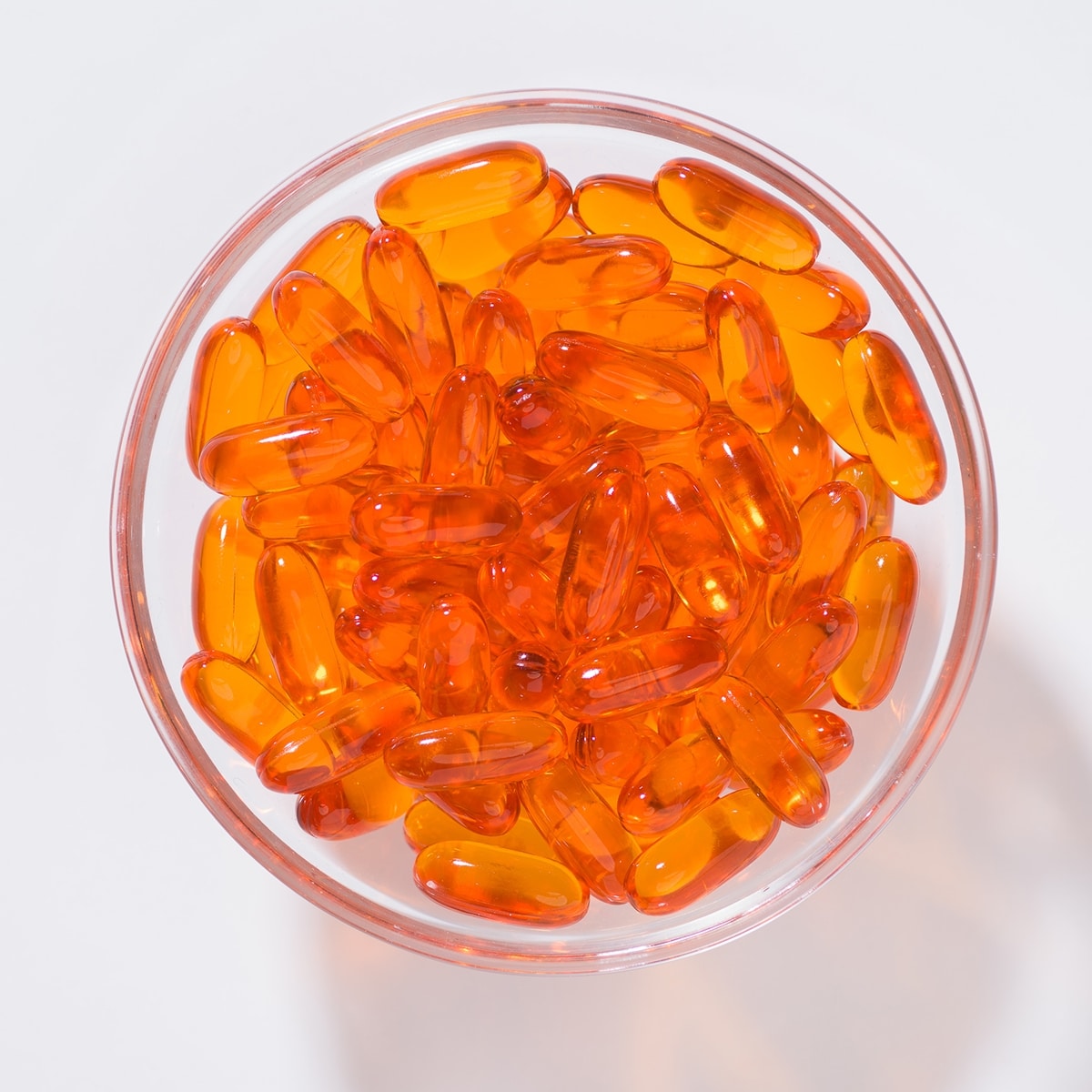
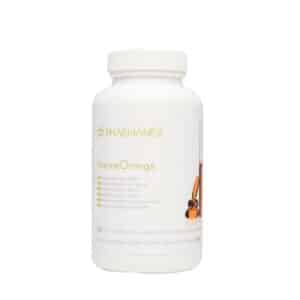
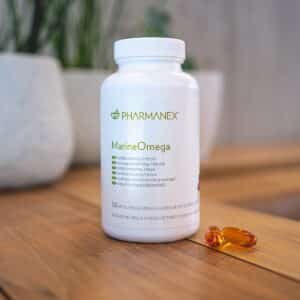
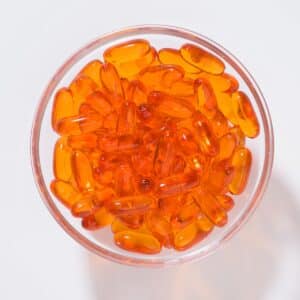
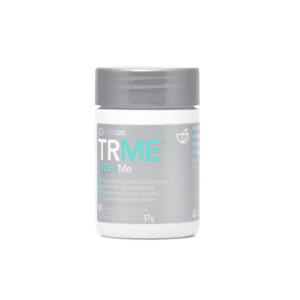

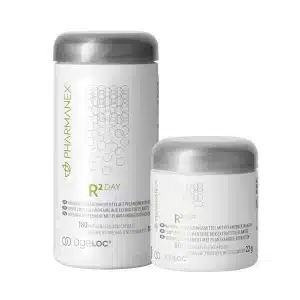

Reviews
There are no reviews yet.